 Armando Caligiuri electrons in motion
Armando Caligiuri electrons in motion| Italiano -English -Terms of use -Sitemap |
 Armando Caligiuri electrons in motion
Armando Caligiuri electrons in motion |
| Home-Informatics-Electronics-Radiowave-Audio-Seismo-Who i am-Contacts |
 Welcome to the "computer networks" page On this page you will find, with adact words, the history and current developments of the Computer networks, as has already been emphasized in the other pages it is impossible to condense this little text all that is to say on the subject but if you need clarification Or professional advice you can contact me via the "contact" page. Find here on this line and at the bottom of the text the links to go to the "computer and hardware" page and the "software" page. We said on the "computer science" page that computer systems have become indispensable in all fields, due to their computing power and absolute versatility, given by the ability to use specialized or more suitable software (or application) when needed. But the real revolution began when it was understood that by connecting the various machines to each other in a network, data, peripherals and work could be shared. Network adapters were therefore added to PCs, which at the time were not exactly fast (1 Mbps) but suitable for the purpose, and functional for connecting PCs to each other, thus creating the so-called local L.A.N. (local area networks), using network protocols that were archaic at the time but effective for the purpose, such as NetBEUI (NetBIOS Extended User Interface) or the IPX-SPX protocol. This type of network was unable to exceed, due to intrinsic limits of the physical connection itself and the protocols used, the speed of 10 Mbps. They were built with closed ring technology (Token Ring) and used RG58 shielded radio frequency coaxial cable with BNC termination for the physical connection. 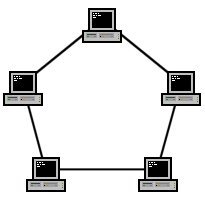 Topography of a Token ring network  BNC connector used to wire the RG58 cable The subsequent arrival of a revolutionary network protocol, such as TCP/IP, which allows for greater reliability in the transmission of digital data and to address them with absolute certainty required the use of a transmission line that allowed a transmission speed significantly greater than those used until then. To do this, it was clear that the bandwidth needed to be increased. It was therefore decided to use the UTP (Unshielded Twisted Pair) cable, with twisted pairs, that is, with four pairs of wires twisted two at a time, to reduce crosstalk and sensitivity to induced disturbances, resulting in four pairs of wires. These cables have various quality categories, the one currently used in most networks is category 5e (extended) and category 6. Networks using these cables, headed with appropriate eight-contact telephone type connectors (RJ45), and with wires arranged appropriately, allow for data transmission speeds of up to 100 Mbps at a maximum distance of 100 meters, and for short connections, down to 10 meters, allow for a speed of 1000 Mbps (1 Gbps). For longer distances, STP (Shielded Twisted Pair) cables are used, which are almost identical to UTP, but with shielding of both the individual pairs and a shielding that wraps around all the twisted wire pairs. Improved category 6, category 7 and category 8 cables are available today, which allow for significantly higher speeds than those of category 5e, taken as an example, and will completely replace it in the future. The cables are then connected to an electronic device called HUB (passive concentrator) or to its more intelligent relative, the SWITCH, usually placed in a cabinet at the center of the network itself, in order to keep the length of the cables to a minimum. From what has been written, it can be deduced that we have therefore moved from token ring networks to star networks with the central point constituted by the HUB or the SWITCH, which only brings advantages, the main one being that if a PC in the network is turned off, the network continues to function regularly because no ring is interrupted. Furthermore, each PC, depending on the distance and the type of cable used, can negotiate the appropriate speed with the SWITCH without disturbing the rest of the network and in any case network elements can be added or removed in total freedom. 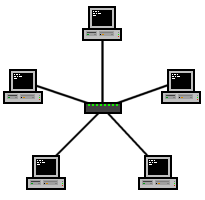 Topography of a star network with central HUB or Switch For higher speeds, for backbones or for long distances, optical fiber is used, which is made up of an internal material suitable for propagating light (filaments of plastic or glass material) and an external rubber coating, the transmission medium is LASER light modulated by digital pulses. It allows very high transmission speeds and almost total immunity to interference, therefore ideal for creating M.A.N. (metropolitan area network) and above all W.A.N. (wide area network) type networks. The interface between LAN networks and M.A.N. and WAN networks is achieved by an electronic device called a ROUTER, which, using the collaboration of a modem (which decodes the data flow coming from the telephone network), allows the data flow coming from the WAN network to be routed to the LAN network (and vice versa) by means of N.A.T. technology (network address translation), i.e. the possibility of connecting a certain number of computer devices (LAN, maximum 256 at a time) to a single network (WAN or MAN) by creating a subnet. They exist, they are very widespread and tend to spread more and more also corporate and domestic networks created with wireless devices (Wireless), which use a radio frequency carrier (band assigned by the CEPT with frequency 2.4 GHz or recently the 5 GHz band) modulated with digital technology to connect the computer devices together, we therefore have wireless network adapters for PCs, wireless switches called access points and wireless routers that allow you to create the networks exposed previously. They are in full development thanks to the opportunities they offer, among others, being able to connect without laying any type of cable, the freedom to connect even outdoors, the possibility of creating LAN networks in historic buildings and are ideal for use with small terminals such as smartphones or tablets of any type. Wi-Fi networks are also star-type networks. Like everything, wireless networking also has its dark side. Leaving aside the health risks that come with having one or more very short-wavelength transmitting devices in your home, risks whose effects are still not clearly known, it remains to be said that the transmission speed is limited both by the fact that it is a simplex communication (or transmission, or reception), while wired networking is full duplex (simultaneous transmission and reception of information) and by the limits imposed by the medium itself which, being limited in power, for obvious reasons the quality and consequently the speed will degrade very quickly as the distance from the access point and the possible presence of radio interference increases. At the moment the maximum speed is given by the 802.11 AX MIMO standard with a speed of 10 Gbps, previously there were 802.11N at 150 and 300 Mbps (simplex), 802.11G at 54 Mbps and 802.11B at 11 Mbps. 802.11 AX MIMO standard with a speed of 10 Gbps, previously there were 802.11N at 150 and 300 Mbps (simplex), 802.11G at 54 Mbps and 802.11B at 11 Mbps.  Router wireless with Diversity antenna system 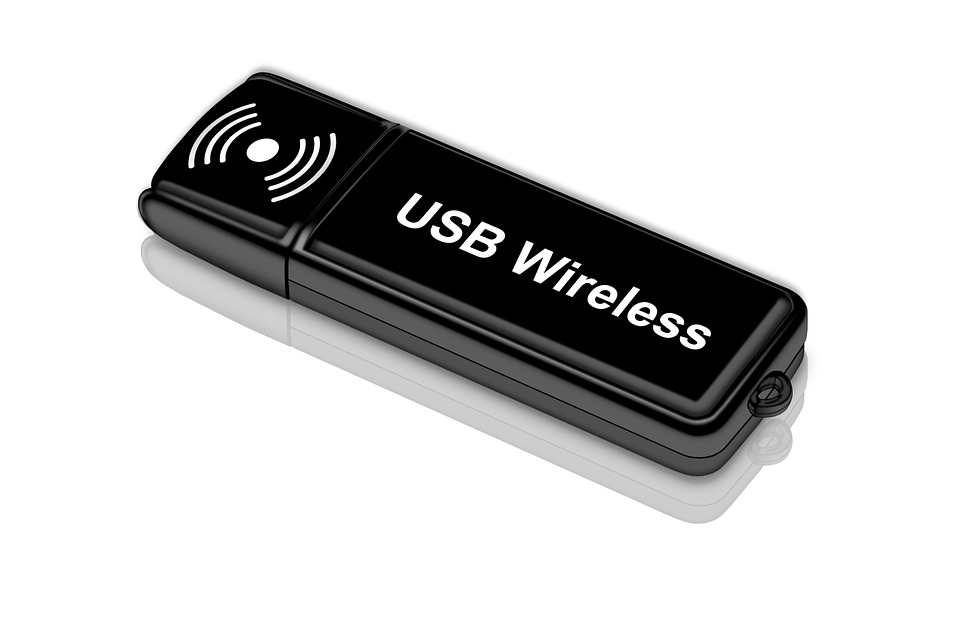 Wireless network USB adapter The arrival of the largest WAN network in the world, specifically the Internet, has then allowed billions of computers and IT devices located in every location in the world to be connected to each other and consequently the broad-spectrum sharing of data, work, knowledge and the creation of e-commerce, i.e. electronic commerce, a real revolution. To be honest, this has also created some problems, we are talking about computer viruses, data theft, identity theft and computer crimes. The Internet network offers many opportunities but you have to know how to use it with caution and attention, it is not a place for the unprepared, or at least it should not be, instead we are currently witnessing the connection to the large network of various machines that have nothing to do with IT, that is, I.O.T devices (internet of things) such as washing machines, kitchen machines, refrigerators, TVs, smartphones and more. The Internet has also led to the explosion of social networks, such as Facebook, Whatsapp, TikTok or Twitter, which allow people to communicate anywhere without leaving home. Access to the Internet is guaranteed by the major wired and mobile telephone operators. For this purpose, the operators have created wired networks using both copper and fiber optics as transmission lines, the network backbone is always made of fiber and the connection between the cabinets and homes or businesses with copper cables (Fiber to the cabinet FTTC), even if now the fiber network that reaches directly into the home (FTTH fiber to the home) has been greatly developed, which guarantees exceptional speed and quality, guaranteeing a minimum speed of 100 Mbps. However, in areas not covered by fiber, the ADSL network made entirely in copper with a maximum speed of 20 Mbps remains available. Currently, the major mobile operators have sensed the business opportunities linked to mobile wireless networks, to be combined with the wired one in the activity of I.S.P. (internet service provider) and are investing heavily with continuous innovations that increase speed, currently the most widespread network is 4G or LTE which travels at average speeds of around 50 Mbps and previously it was 3G or UMTS, which had already brought with it in its latest evolution (HSDPA +) a substantial increase in both speed and a decisive decrease in latency and PING (evaluation parameters and network quality tests). At the moment, the new 5G network is being completed which will bring speed and latency to values unimaginable until now. The 5G network will also be used for the decisive development of the Internet of Things (abbreviated to I.O.T.)for artificial intelligence and for autonomous driving of vehicles thanks to its extremely high speed, and extremely low latency and PING. Below is a series of enlargeable images that will allow you to get a closer look at what we have talked about so far. 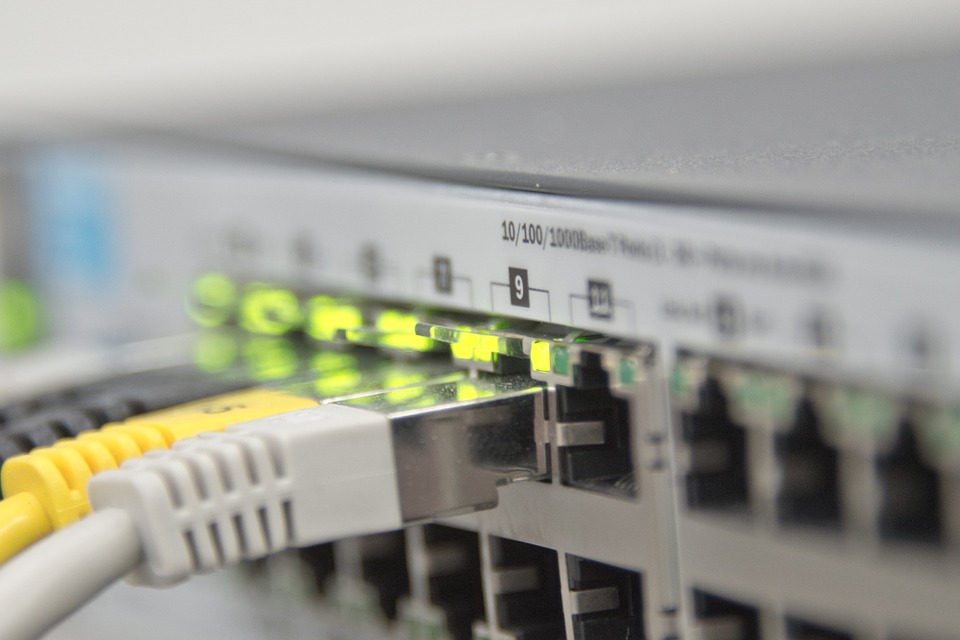 STP network cable with RJ45 shielded plug 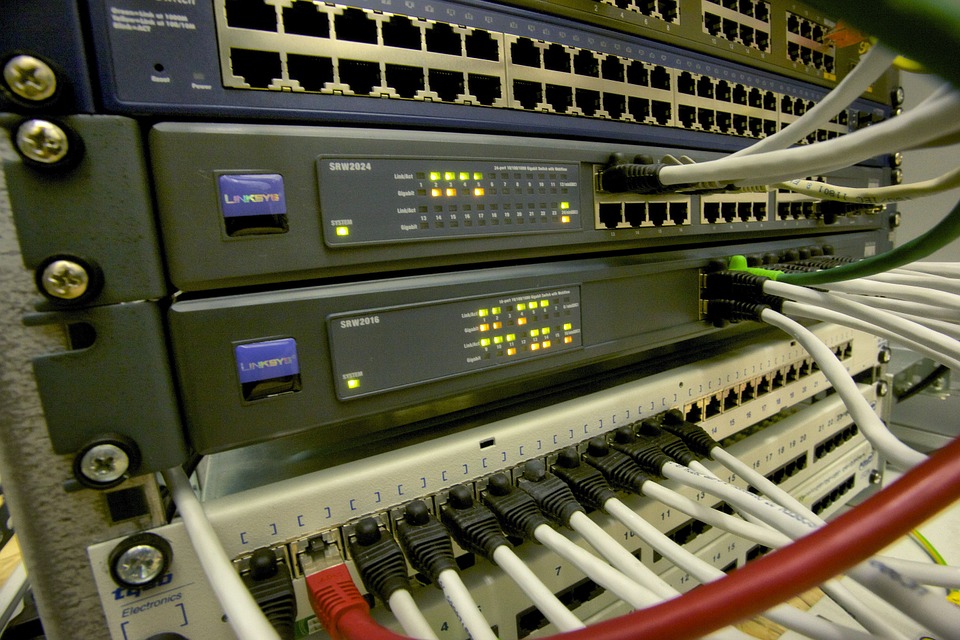 Switch in the cabinet. The red cable is the uplink 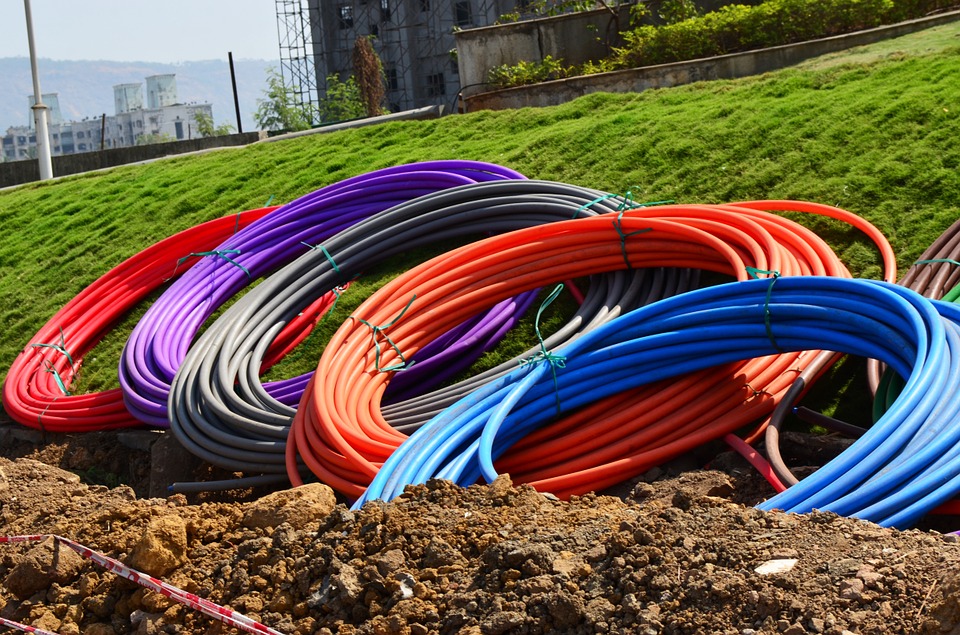 Fiber optic cables for the underground installations 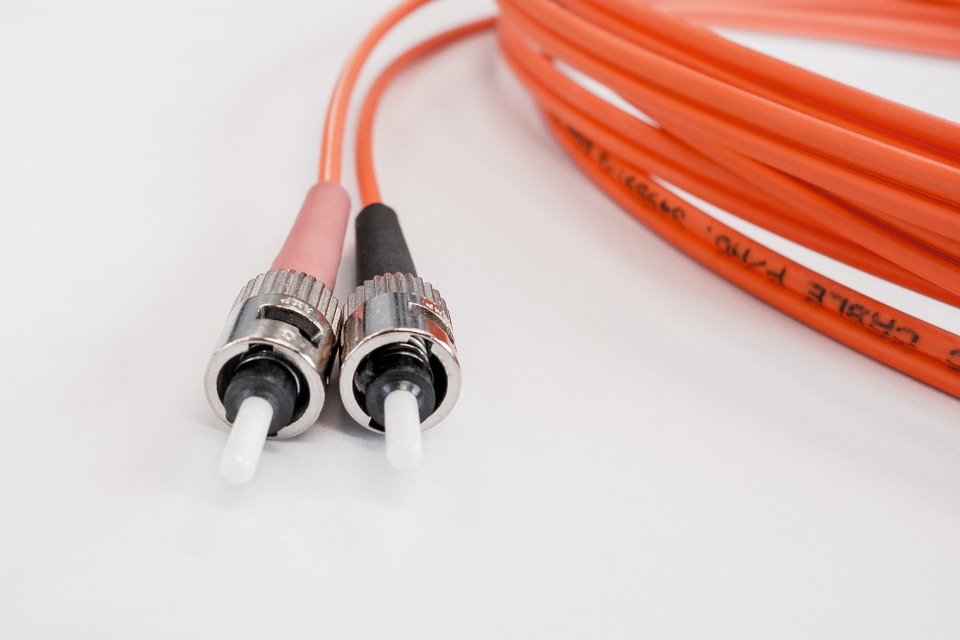
Connectors for connecting the optical fiber 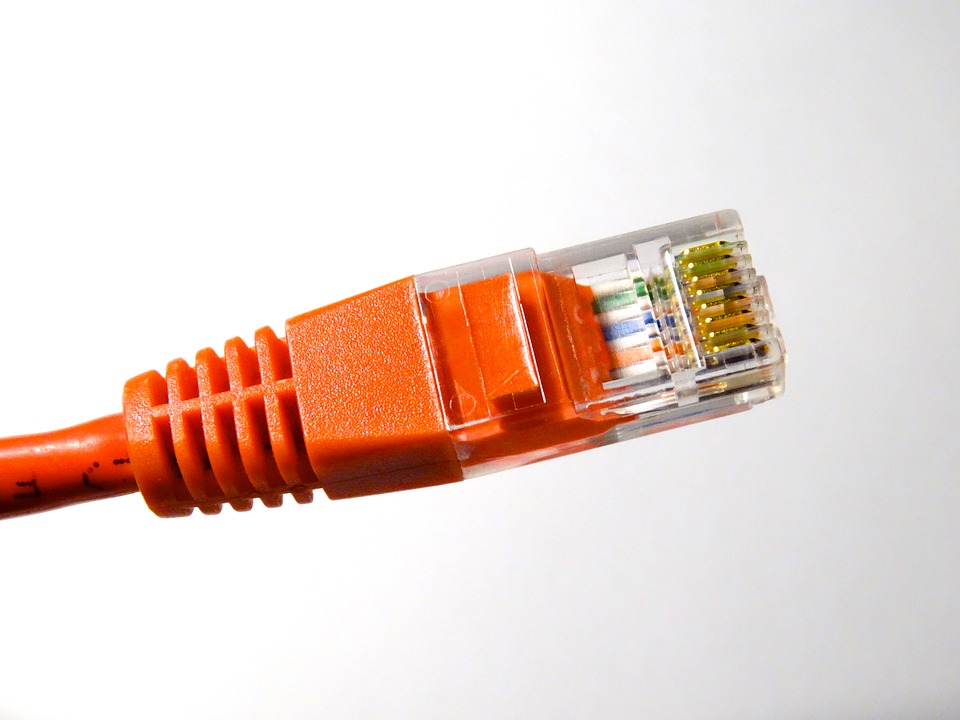 UTP network cable with RJ45 termination  Base Radio Station with antenna systems propagating the 4G and 5G signal I repeat this time that it is impossible to condense in these few lines everything there is to say about the subject matter, so if you want to learn more or need professional advice you can contact me by going to the "contacts" page of this site. I hope that what has been achieved is to your liking, happy browsing. All trademarks mentioned on this page belong to their legitimate owners.
|

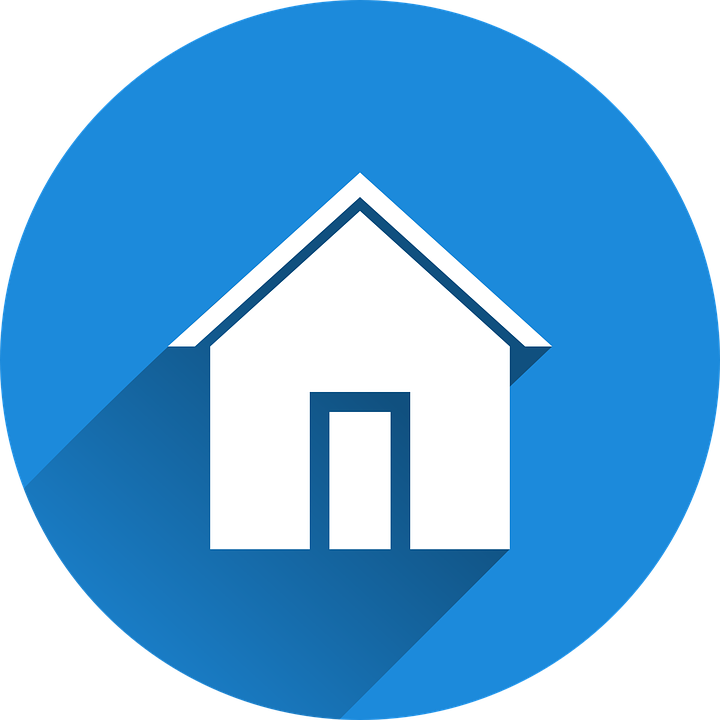 |
|
Home Informatics, Computer networks, Software Electronics, Active components, Passive components Radiowave Seismo Contacts Who i am Audio Created and maintained by Armando Caligiuri (C) 2025 4.0 Responsive version Armando Caligiuri, Electronic senior expert Electronic and I.T. maintainer Electronic project implementer I.T. consultant To use the contents visit the Disclaimer page |